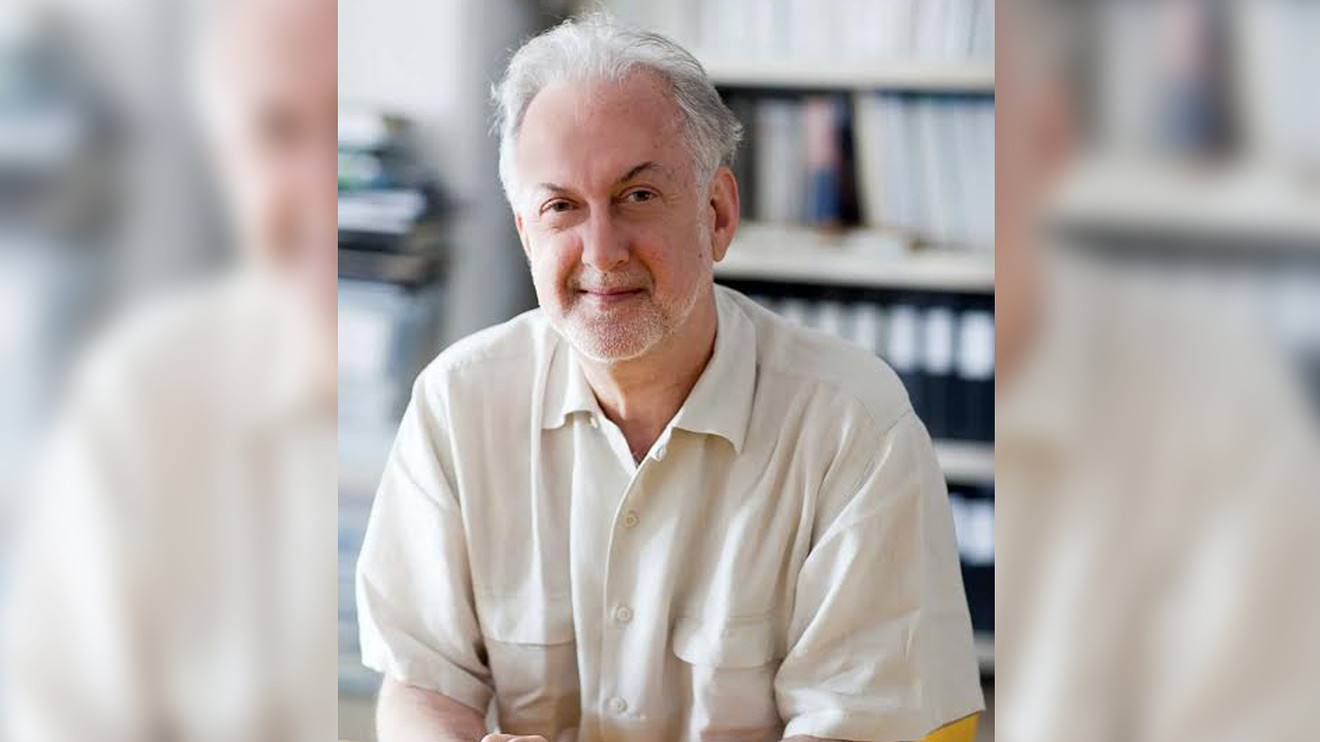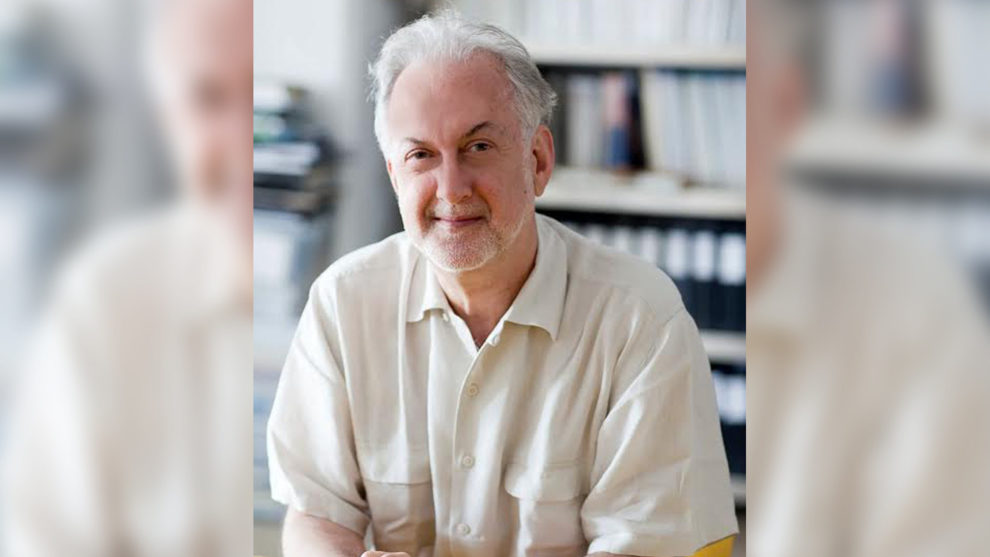
As an architect, critic, educator and public intellectual — who advocated fiercely for sustainability, green cities and an end to urban inequality — Michael Sorkin was unafraid to say what he thought.
On the subject of the 1983 Trump Tower, Sorkin declared that the glitzy all-glass structure was a manifestation of phallic ego: “Was there ever a man more preoccupied with getting it up in public?”
On the duty of the writer, a subject he discussed in his 2018 monograph What Goes Up: The Right and Wrongs to the City, he quoted German critic Siegfried Kracauer, citing one must “attack current conditions in a manner that will change them.”
On his rabid criticism of plans to build a controversial Guggenheim Museum in Helsinki, which contributed to the Finnish government abandoning the project in 2016, he announced: “We mean to be provocateurs.”
“Michael’s writing always challenged the status quo,” says Cathleen McGuigan, editor in chief of Architectural Record, a magazine for which Sorkin was a contributing editor. “His pieces were never tame or tentative.”
On March 26, Sorkin, who had been undergoing treatment for cancer, died at the age of 71 in New York as a result of complications from COVID-19. Sorkin is survived by his wife Joan K. Copjec, a professor of modern culture and media at Brown University.
For many in the industry, who admired his strong moral code and his outspoken views, Sorkin’s death is a tragedy. “I am heartbroken,” wrote the New York Times’ architecture critic Michael Kimmelman on Twitter.
“He was so many things. He was a supremely gifted, astute and acerbic writer. He wrote with moral force about big ideas and about the granular experience of life at the level of the street,” Kimmelman continued. “He was a teacher, a pioneering publisher of urban treatises and architectural provocations, an architect of grand ambition, a secret softie—and one of those figures who, for decades, made his share of enemies, championed big dreams and helped make NY NY.”
Michael Murphy, the founding principal and executive director of MASS Design Group, first met Sorkin in 2011 during his thesis presentation. Sorkin was on the jury.
“I was nervous,” recalled Murphy in a eulogy later published online. “But instead of the familiar gutting and rejection common to architectural juries, Michael smiled wide, raised his right arm, fist clenched and said, ‘Right on comrade.’ He was a hero of mine now, and he grabbed me by being himself: funny, righteous, and kind. He was building the army.”
Born in Washington, D.C. to a scientist father and a housewife mother, Sorkin studied at the University of Chicago and Columbia University. He received his masters in architecture at the Massachusetts Institute of Technology.
In 1973, he moved to New York, and never left. The city became both the subject of some of his most fervent criticism and his muse. In his book Twenty Minutes in Manhattan (2009), Sorkin used the walk from his tenement-style apartment building in Greenwich Village to his studio in Tribeca to meander through New York’s various evolutions and eccentricities, from rapid gentrification to the city’s many kooky characters.
As the Financial Times’ architecture critic Edwin Heathcote wrote in a review of the book, which praised the author’s ability to flit effortlessly between the micro and the macro, “Sorkin’s Manhattan is a densely populated petri dish of humanity—at its best and most generous, as well as its worst and most self-interested.”
Sorkin, a polymath whose interests ranged from the urban environments of China to offering solutions for sharing the divided city of Jerusalem between Palestine and Israel, lived by his principles.
In 2005, he founded the nonprofit advocacy group Terreform Center for Advanced Urban Research, with a mission to make more equitable and sustainable cities. He also served as the architect critic at the alternative New York-based newsweekly, The Village Voice, for a decade and ran his own architecture firm, Michael Sorkin Studio.
In his tongue-in-cheek essay “250 Things an Architect Should Know,” made up of a list of 250 pithy one-liners, Sorkin covered everything from “How to lay bricks” to “How to turn a corner,” “How to design a corner,” and “How to sit in a corner.” While “What the client wants” warranted an entry, so did “What the planet can afford.”
For those who knew him, Sorkin was remarkable not only for his wit and intellectual generosity but for his principled core and transparent politics.
“People often talk about work as being an addition to the person’s character but in Michael’s case he really was profoundly ethical in the way he operated,” said Harriet Harriss, Dean of the School of Architecture at the Pratt Institute in New York.
“I think that authenticity is lacking in architecture: people make claims about having integrity then they go and build glass skyscrapers or do things that are against the community. Michael was not that person.”
Sorkin’s wicked sense of humor, too, was often used as an effective weapon.
“He was very good at not personalizing things and embittering an argument,” Harriss said. “He was very good at coming at things with a playfulness and perspective and using that as a Trojan horse in an argument.”
“He was always very witty,” she added. “But underneath was a grenade of truth.”











Add Comment